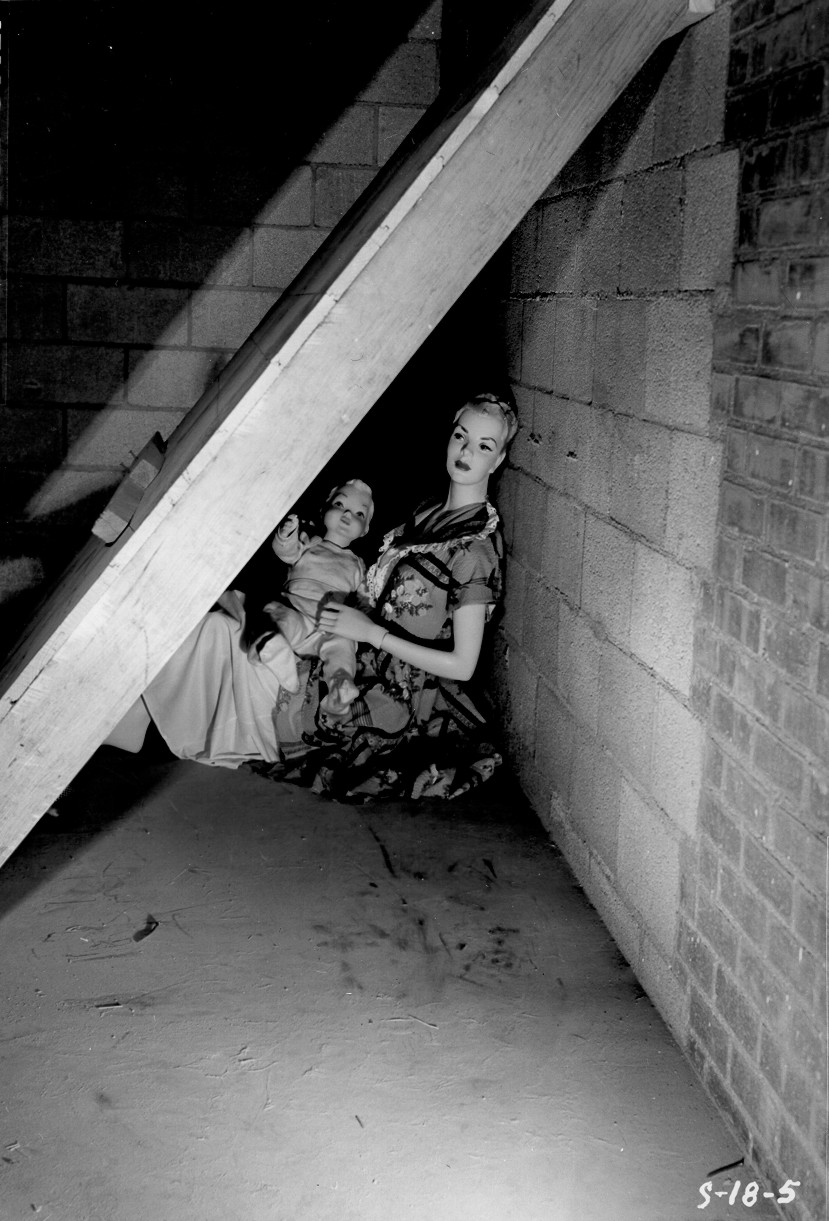Many Nevadans remember the days when the United States was driven by necessity to conduct explosive nuclear tests of America’s nuclear arsenal. By testing, we sought to prove the designs of our nuclear weapons and impress on any potential adversary the futility of striking America or our allies. Today, we are long past the point when explosive nuclear testing is required to ensure their effectiveness, and our adversaries well understand their power. Ignoring these essential facts would put us at peril.
Since the first nuclear weapon test explosion in New Mexico in 1945, the United States conducted more than 1,000 such tests. Nine hundred and twenty-eight of those, or 90 percent, have been conducted in Nevada, the last in 1992, more than 30 years ago.
Now, voices from outside Nevada are making the case for a resumption of nuclear explosive testing in the desert, just 65 miles from Las Vegas. That case is not justified by science or military necessity, especially when a resumption of U.S. nuclear testing could trigger an even more precarious nuclear arms race abroad and endanger the physical and economic health of Nevadans at home.
Some will argue that there is always value in experimental testing, but the science of nuclear weapons physics is now well understood. We know more about nuclear weapons today than we did before testing ended, based on innovative experimental and computational science and non-nuclear explosive testing, conducted in part at the Nevada National Security Site. The experiments probe temperatures and pressures never before reached in the laboratory, and the computations have a fidelity never dreamed about in the period of nuclear tests. These are at the heart of America’s 30-year program to maintain the safety and reliability of our nuclear weapons without requiring nuclear explosions. And as secretary of Energy, I worked closely with other senior defense and military officials to certify each year that our nuclear weapons were safe and effective.
Any potential adversary understands exactly that. Today, the United States deploys more than 1,700 nuclear weapons. Leaders in Moscow and Beijing are well aware of this fearsome inventory, and understand that the use of even one nuclear weapon against the United States or its allies in Europe or Asia would likely trigger an American nuclear response.
Similarly, a return to explosive nuclear testing in the United States would almost certainly trigger a return to explosive nuclear testing in Russia, China and probably other nuclear-armed states. These countries, because of their more limited test history and experimental and computer simulation capabilities, would likely take advantage of renewed testing to improve their arsenals so that they are more nearly on-par with ours. And the United States would take the blame for undermining the 1996 treaty banning all nuclear explosive testing, now signed by 187 nations.
Clearly, the national security argument for resuming underground explosive nuclear testing in Nevada does not pass the test. In fact, it would be a self-inflicted national security risk. A resumption of nuclear testing in the United States also would increase health and safety risks to the people who live and work within the vicinity of the Nevada test site.
America’s nuclear veterans and local downwinders understand all too well the health risks of radiation exposure from above ground nuclear explosive testing conducted until 1963. While below-ground explosive nuclear testing is designed to mitigate these risks, no matter how careful, a resumption of underground explosive nuclear testing would inject nuclear radiation into the underground environment. True, it may stay there without any immediate or even longer-term harm. But it is also true that it could contaminate groundwater or possibly escape into the atmosphere. This has happened at the Nevada test site before, and there can be no guarantee it would not happen again.
The economic fallout may be even more certain. When the U.S. government first chose to conduct underground nuclear explosive tests outside of Las Vegas, 50,000 people lived in the vicinity. The population today is 2.3 million. Earthquake-like tremors could be felt in Las Vegas, disturbing tourists and locals alike and threatening the economic value of homes and businesses, including casinos and hotels. Moreover, a return to explosive nuclear testing would be extremely polarizing, undercutting Nevada’s successful efforts to attract the best and most talented workforce drawn from the University of Nevada Reno and other centers of excellence to support the innovation and science-based agenda now central to maintaining our nuclear weapons for as long as they are needed.
For more than 30 years, presidents from both parties have refrained from nuclear explosive testing in the United States. At home, America’s scientists have developed cutting-edge tools to ensure our nuclear weapons are safe, secure, and effective without testing, with the Nevada National Security Site playing a crucial role. Overseas, we have led international efforts to conclude, sustain and verify a ban on nuclear testing, so that since 1998, only the pariah state of North Korea has ignored the ban. Today, there is no case for asking Nevadans, or America, to retake this test.
Ernest J. Moniz is co-chair and chief executive officer of the Nuclear Threat Initiative. He served as the 13th United States secretary of energy from 2013 to January 2017.
The Nevada Independent welcomes informed, cogent rebuttals to opinion pieces such as this. Send them to [email protected].

